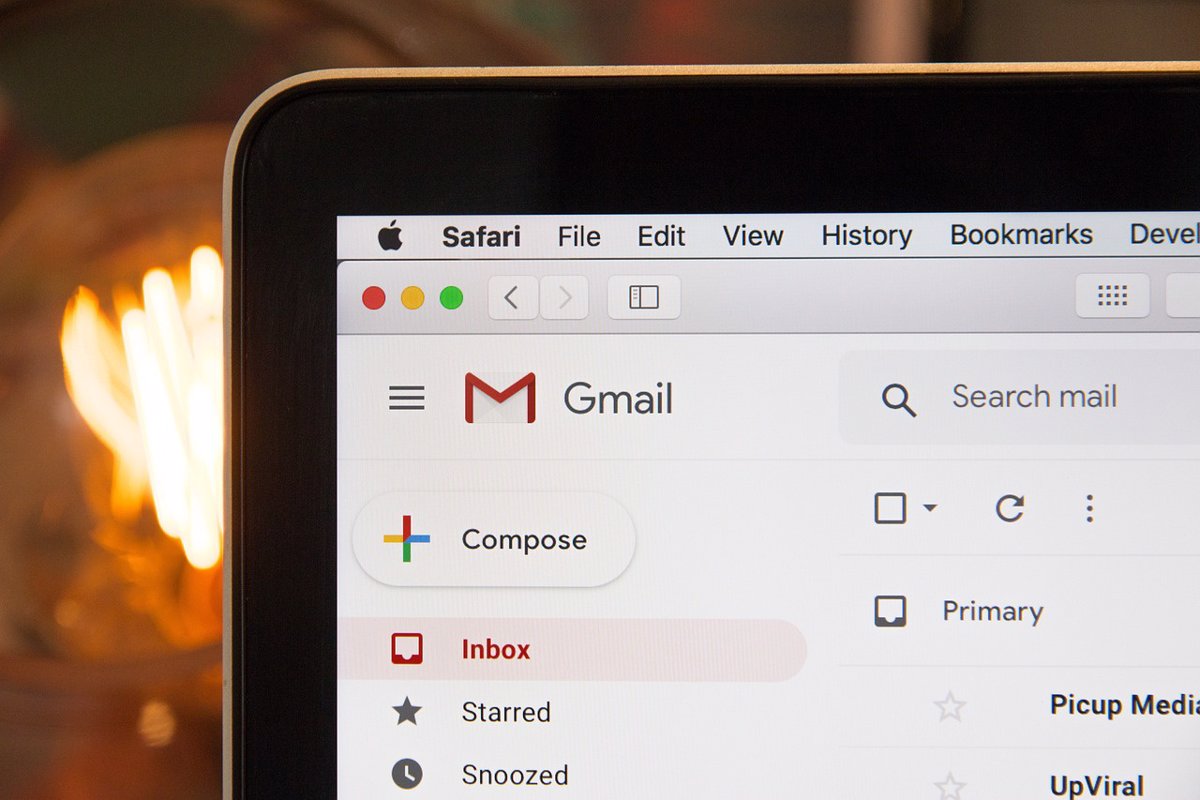He Google email service, Gmail, celebrate this monday 20 years since its launch as one of the most used email services globally, and with the functions driven by Artificial Intelligence (AI) as the future of the service thanks to the implementation of your assistant Gemini.
He April 1, 2004 Google announced its new Gmail product, a free service that the company defined as a type of search-based webmail. At that time, I had a storage capacity up to 1GB of information, that is, an amount equivalent to 50,000 email pages for each user.
As explained at the time of its launch by the then co-founder and president of Google Products, Larry Page, the idea of Gmail was the result of customer complaints which pointed out that Email services at the time were of poor quality and forced users to archive or search for messages manually, and wasted time deleting emails to keep space under the limit.
In response to these complaints, a team of Google engineers, led by Paul Buchheit, started developing Gmail years before its launch in 2004. A service that stands out for being based on three points: Google search technology the free storage capacity and the speed and efficiency of use.
As Page highlighted, unlike other webmail services, Gmail was based on the idea that users Users “should never have to archive or delete a message, or have trouble finding an email.”
In this sense, one of the reasons why Gmail stood out among users was because allow you to quickly search every email sent or received using the Google search engine. In fact, it was one of the first services that made it possible for users to find their emails by simply entering a few keywords.
Furthermore, the storage was another key advance, enabling an amount of free space with 100 times more capacity than other free webmail services offered. Along with this, the company also highlighted the speed of response and efficiency that Gmail began to provide, with issues such as eliminate the need to file messages in folders or automatically organize emails.
Initially, users They could only access Gmail through invitations However, in the year In 2007 the service was opened generally to anyone. Later, in the In 2009, the technology giant unified Gmail along with other of its services, such as Google Calendar, Google Docs y Google Talk. Likewise, over time, other features were included such as the possibility of forward multiple messages at the same time chats, or online calls.
Now, your Gmail capabilities have evolved to allow storage up to 15GB for free, which is also shared with Google Drive and Photos. However, users can increase capacity resorting to subscription to Google One service.
With all this, although his advertisement was initially taken as a joke among users due to its coincidence with April Fool’s Day in the United States – which is celebrated on April 1 (April’s Fools) -, currently, Gmail is one of the most used email services globally either through its smartphone applications -both on iOS and Android devices-, as well as its desktop or web version.
after 20 years, Google continues working to improve its email service, so it has begun to implement AI-powered features as is the case of a filter tool to prioritize results that best match email or phone searches. ability to generate draft text just by proposing a topic.
Google has even integrated are AI-powered assistant Gemini – formerly known as Bard – in Gmail in order to offer users a better service experience when carrying out actions such as “find and present information”, among other issues.
With all this, looking at the future of Gmail, the technological giant will continue to offer this service for all users globally, as a “secure, smart and easy to use” email.
